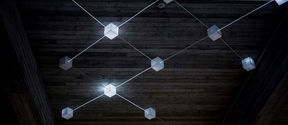The School of Economics relocated to its new main building in 1950 after extensive and colourful fundraising
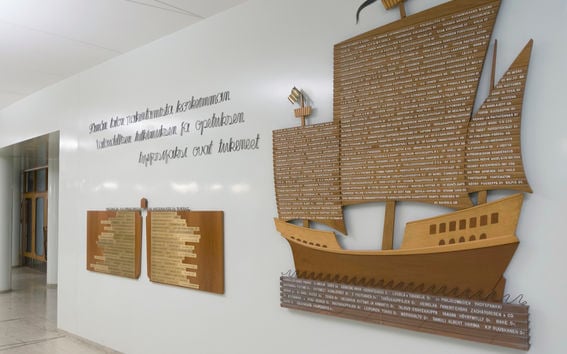
In December 1947, the School of Economics (today School of Business) launched a fundraising campaign for a new main building to be constructed at Runeberginkatu 14–16. The decision to launch a campaign was made under the leadership of Rector O.W. Louhivuori, who invited a group of influential Finnish businesspeople to a meeting at the School.
This was during the post-war period of rationing. Non-profit organisations were allowed to engage in “charity trading”, and the government granted them exemptions from import duties and taxes. Traders as they were, they decided to begin trading in rationed products “to use the accumulated funds for a new building”. The demand for rationed products was so great that outside the rationing framework, they could be sold at extremely good margins.
The fundraising was approved by the Grand Fundraising Committee consisting of eminent people within the Finnish economy. Good relations with business life were important because trading called for negotiations on import duties, sales and import licences, as well as foreign currency, which was heavily regulated. The products were sold in Finland through wholesalers, retail stores and other channels.
A Working Committee was established for handling the practicalities, focusing on business operations. A Women’s Committee was also set up, consisting of the female graduates’ association Naisekonomit ry and a number of high-society women. The Women’s Committee organised fundraising events around the country, including fashion model shows to promote the imported fabrics. Direct monetary contributions for the new School of Business were made through the Foundation for Economic Education.
4,000 dozen nylon socks and 24,000 cans of peaches
The Working Committee sent alumnus Rintakoski to take care of the fundraising effort in the U.S., such as buying 100,000 pounds of rice grain. Decisions were also made to purchase 4,000 dozen nylon socks, 3,000 kilograms of cardamom and a hundred boxes of Philip Morris cigarettes from America. During the fundraising effort, American imports expanded to a wide variety of products, even including refrigerators and cars bought with dollars. The Fundraising Committee even tried to get Coca-Cola to Finland in 1949 but no licence was granted. Thus, Finns were only able to enjoy Coke during the Olympic year 1952.
Trade was carried out with different countries depending on the foreign currencies donated by partner enterprises and the currency allowances granted by the Bank of Finland. Imports from Sweden included Findus marmalade, mackerels in oil and second-hand office machinery, from Argentina laundry soap and 24,000 cans of peaches, from France swimsuits, dress gown fabric and perfumes, from England woolen socks, from Equador rice and from Holland Spanish almonds.
The raised funds still have a positive effect
The first target for the fundraising, 70 million marks, was reached in the summer of 1949. A decision was made to continue operations because the construction costs had gone up significantly. Parties contributing to the fundraising included the Student Union of the School of Business, the Union of Business School Graduates, an alumni association and a union of technology students. The Fundraising Committee of the School of Business discontinued its commercial operations in 1952. The amount of money raised to support the School was approximately 350 million marks, most of which came from commercial operations.
The Women’s Committee established for the fundraising reactivated in 1968 when the School of Business expanded to Runeberginkatu 22–24, the Chydenia building. The excess proceeds raised by the Women’s Committee were put into a fund whose returns are still used to give out internship grants to the students of the School of Business.
As Rector O. W. Louhivuori put it, “the School’s new building is a substantial monument to Finnish businesspeople and the people of Finland who are always ready to give their offering.”
The tradition of giving
The School of Business would not exist without the generous donations from our supporters. The world has changed a lot since the construction of the School’s main building at Runeberginkatu, and we can no longer raise funds by selling nylon socks. However, in recent years, fundraising has become more and more important for the School’s operations. In the present situation, universities cannot count solely on State funding. Therefore, we need external support in order to be able to provide world-class education also in the future.
The donors who contributed to the construction of the School and its subsequent supporters have been acknowledged in the main lobby of the distinguished Töölö main building (picture above). The School of Business now has the opportunity to move this tradition to the new building in Otaniemi where we will relocate in February 2019.
In the new building, we can acknowledge our present supporters in two ways: through named chairs for individual donors, as well as named pieces in the Donors’ Wall to commemorate individuals, groups and organisations making new donations.
Enquiries:
[email protected]
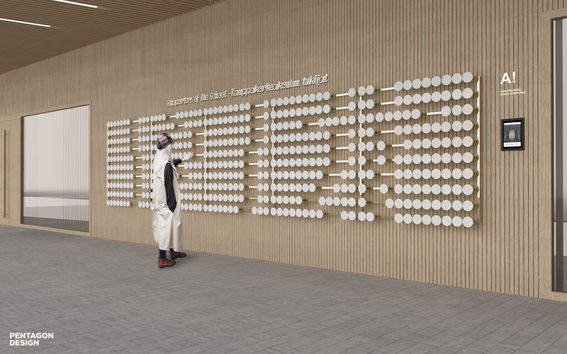
- Published:
- Updated:
Read more news
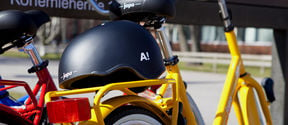
Bike thefts on campus have increased - remember to lock your bike properly
With the spring, bike thefts on the Aalto University campus have increased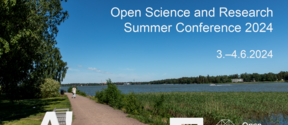
Open Science and Research Summer Conference 2024 will be hosted by Aalto University
Open Science and Research Summer Conference 2024 will be held at Aalto University’s Otaniemi campus and in Zoom 3.–4.6.2024. Please register by May 3.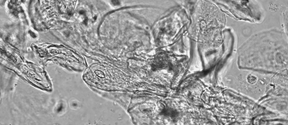
Ways of seeing: life – glass – chem workshop was organized by Biofilia and Glass workshops
Ways of seeing: life – glass – chem is a multi-day workshop organized in April 2024 in cooperation with Aalto University Department of Art & Media and Bioart Society, and hosted by Laura Beloff, Biofilia and glass workshop at Aalto University